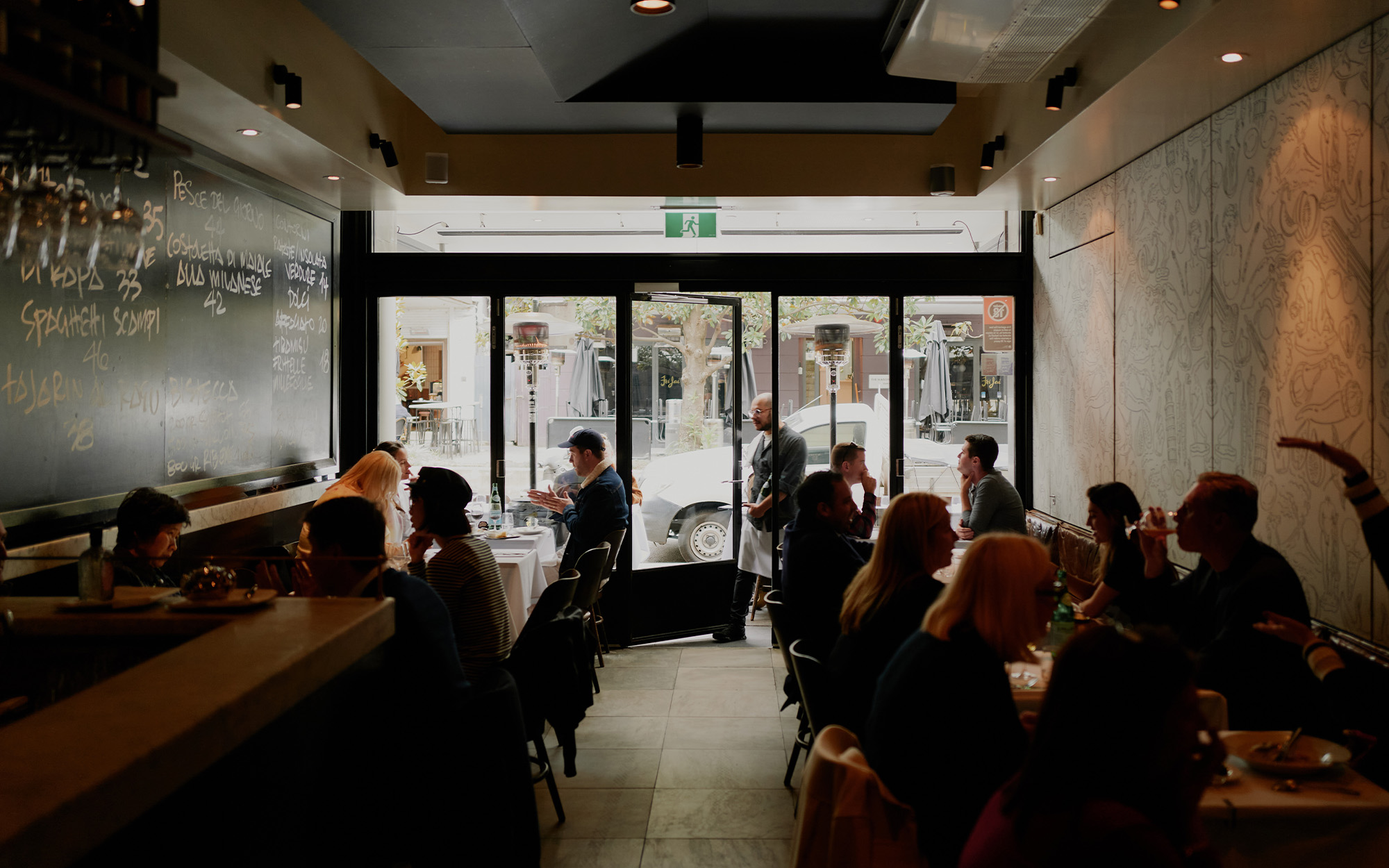How to Keep Your Car From Spying on You
New features on cars and phone apps can track where you go, when and how fast—among many other things. Here’s what to do about it.
Your car is watching you. What can you do to stop it?
Many vehicles today and their related phone apps are packed with safety and convenience features, including digital maps, navigation linked to GPS and the internet, remote starting and vehicle locaters to find your car in a crowded parking lot. Many also have microphones for voice control and some have cameras that detect who is driving to adjust things such as the seat.
But those features and others can have a dark side: Many can track where you go and when, how fast you drive and how hard you brake, where you park and spend time, even what music or podcasts you listen to. Such information can be a gold mine for marketers and insurers—and a target for hackers.
Privacy researchers say car buyers may not realise they agree to have such data collected by the automaker when they sign the papers for a new vehicle or use the carmaker’s phone app.
The Mozilla Foundation, a technology-focused nonprofit, examined the privacy practices of 25 car brands. Its conclusion: “These are the worst of any category we’ve reviewed,” says Jen Caltrider, director of the group’s Privacy Not Included program. Among its findings are that most carmakers collect personal information, give customers little control over it, and may sell or share it with others.
Privacy experts say they also are concerned about provisions in car-maker privacy policies that allow them to share driver information with law-enforcement authorities under certain circumstances—sometimes without a warrant.
On May 14, the Federal Trade Commission told vehicle makers that it was monitoring their actions regarding car data. “Cars are much like mobile phones when it comes to revealing consumers’ persistent, precise location,” the agency said in a blog post. It added that companies “do not have the free license to monetise people’s information beyond purposes needed to provide their requested product or service….”
The industry response
The car industry says that the combination of vehicle data monitoring, GPS and wireless communication—a field known as telematics—provides important features, some of them safety-related. Some systems can detect when you’ve been in an accident and call emergency services, or locate a car if it’s stolen. They can help you avoid a traffic jam or potential road hazards. Cars also can give you maintenance reminders, such as when a vehicle needs an oil change or new tires, and allow the carmaker to track the durability and function of certain components for future improvements.
A vehicle-industry trade group in 2014 issued voluntary guidelines for the collection and use of car data. The group, now called the Alliance for Automotive Innovation, says its members should give car owners and lessees choice in the “collection, use and sharing” of certain information and that this information should be collected “only as needed for legitimate business purposes.”
Some privacy groups, however, say the voluntary guidelines aren’t specific enough and aren’t always followed.
“It seems like an empty promise,” says Thorin Klosowski, a security and privacy expert with the nonprofit Electronic Frontier Foundation. “Car companies are becoming tech companies. Self-policing hasn’t been shown in other tech industries to be a reliable way for companies to operate.”
What is needed, according to these experts, is a federal privacy-protection law along the lines of the European Union’s General Data Protection Regulation. The car industry, for its part, also backs a federal privacy law , in part to have a nationwide standard as a number of states have adopted their own, differing laws.
Most carmakers issue their own lengthy privacy policies stating how they collect and disseminate car data. Some state that they can share or sell the information to third parties including marketers if the car owner agrees to it.
Among the six biggest sellers of vehicles in the U.S., Ford Motor says customers can turn off data and location sharing with the company. It says it “doesn’t sell any connected-vehicle data to brokers, period.” General Motors says it is “fostering trust through responsible data practices, enhanced user controls and clear benefits for customers.” Toyota says it gives customers “transparency and choice” in how vehicle data is collected and used and that they can “turn off all data transmission.”
Stellantis, owner of Chrysler, Dodge and Jeep, says any data it collects “is in accordance with applicable state privacy laws . Accordingly, Stellantis provides customers with a way to opt out of data collection.” Honda says it is “very clear about what we collect and how our owners can opt out” and “when we might share collected data with third parties.” Hyundai declined to comment and deferred to the Alliance for Automotive Innovation for a response.
 Copyright 2020, Dow Jones & Company, Inc. All Rights Reserved Worldwide. LEARN MORE
Copyright 2020, Dow Jones & Company, Inc. All Rights Reserved Worldwide. LEARN MORE
This stylish family home combines a classic palette and finishes with a flexible floorplan
Just 55 minutes from Sydney, make this your creative getaway located in the majestic Hawkesbury region.
As Paris makes its final preparations for the Olympic games, its residents are busy with their own—packing their suitcases, confirming their reservations, and getting out of town.
Worried about the hordes of crowds and overall chaos the Olympics could bring, Parisians are fleeing the city in droves and inundating resort cities around the country. Hotels and holiday rentals in some of France’s most popular vacation destinations—from the French Riviera in the south to the beaches of Normandy in the north—say they are expecting massive crowds this year in advance of the Olympics. The games will run from July 26-Aug. 1.
“It’s already a major holiday season for us, and beyond that, we have the Olympics,” says Stéphane Personeni, general manager of the Lily of the Valley hotel in Saint Tropez. “People began booking early this year.”
Personeni’s hotel typically has no issues filling its rooms each summer—by May of each year, the luxury hotel typically finds itself completely booked out for the months of July and August. But this year, the 53-room hotel began filling up for summer reservations in February.
“We told our regular guests that everything—hotels, apartments, villas—are going to be hard to find this summer,” Personeni says. His neighbours around Saint Tropez say they’re similarly booked up.
As of March, the online marketplace Gens de Confiance (“Trusted People”), saw a 50% increase in reservations from Parisians seeking vacation rentals outside the capital during the Olympics.
Already, August is a popular vacation time for the French. With a minimum of five weeks of vacation mandated by law, many decide to take the entire month off, renting out villas in beachside destinations for longer periods.
But beyond the typical August travel, the Olympics are having a real impact, says Bertille Marchal, a spokesperson for Gens de Confiance.
“We’ve seen nearly three times more reservations for the dates of the Olympics than the following two weeks,” Marchal says. “The increase is definitely linked to the Olympic Games.”

Getty Images
According to the site, the most sought-out vacation destinations are Morbihan and Loire-Atlantique, a seaside region in the northwest; le Var, a coastal area within the southeast of France along the Côte d’Azur; and the island of Corsica in the Mediterranean.
Meanwhile, the Olympics haven’t necessarily been a boon to foreign tourism in the country. Many tourists who might have otherwise come to France are avoiding it this year in favour of other European capitals. In Paris, demand for stays at high-end hotels has collapsed, with bookings down 50% in July compared to last year, according to UMIH Prestige, which represents hotels charging at least €800 ($865) a night for rooms.
Earlier this year, high-end restaurants and concierges said the Olympics might even be an opportunity to score a hard-get-seat at the city’s fine dining.
In the Occitanie region in southwest France, the overall number of reservations this summer hasn’t changed much from last year, says Vincent Gare, president of the regional tourism committee there.
“But looking further at the numbers, we do see an increase in the clientele coming from the Paris region,” Gare told Le Figaro, noting that the increase in reservations has fallen directly on the dates of the Olympic games.
Michel Barré, a retiree living in Paris’s Le Marais neighbourhood, is one of those opting for the beach rather than the opening ceremony. In January, he booked a stay in Normandy for two weeks.
“Even though it’s a major European capital, Paris is still a small city—it’s a massive effort to host all of these events,” Barré says. “The Olympics are going to be a mess.”
More than anything, he just wants some calm after an event-filled summer in Paris, which just before the Olympics experienced the drama of a snap election called by Macron.
“It’s been a hectic summer here,” he says.

AFP via Getty Images
Parisians—Barré included—feel that the city, by over-catering to its tourists, is driving out many residents.
Parts of the Seine—usually one of the most popular summertime hangout spots —have been closed off for weeks as the city installs bleachers and Olympics signage. In certain neighbourhoods, residents will need to scan a QR code with police to access their own apartments. And from the Olympics to Sept. 8, Paris is nearly doubling the price of transit tickets from €2.15 to €4 per ride.
The city’s clear willingness to capitalise on its tourists has motivated some residents to do the same. In March, the number of active Airbnb listings in Paris reached an all-time high as hosts rushed to list their apartments. Listings grew 40% from the same time last year, according to the company.
With their regular clients taking off, Parisian restaurants and merchants are complaining that business is down.
“Are there any Parisians left in Paris?” Alaine Fontaine, president of the restaurant industry association, told the radio station Franceinfo on Sunday. “For the last three weeks, there haven’t been any here.”
Still, for all the talk of those leaving, there are plenty who have decided to stick around.
Jay Swanson, an American expat and YouTuber, can’t imagine leaving during the Olympics—he secured his tickets to see ping pong and volleyball last year. He’s also less concerned about the crowds and road closures than others, having just put together a series of videos explaining how to navigate Paris during the games.
“It’s been 100 years since the Games came to Paris; when else will we get a chance to host the world like this?” Swanson says. “So many Parisians are leaving and tourism is down, so not only will it be quiet but the only people left will be here for a party.”
This stylish family home combines a classic palette and finishes with a flexible floorplan
Just 55 minutes from Sydney, make this your creative getaway located in the majestic Hawkesbury region.






















